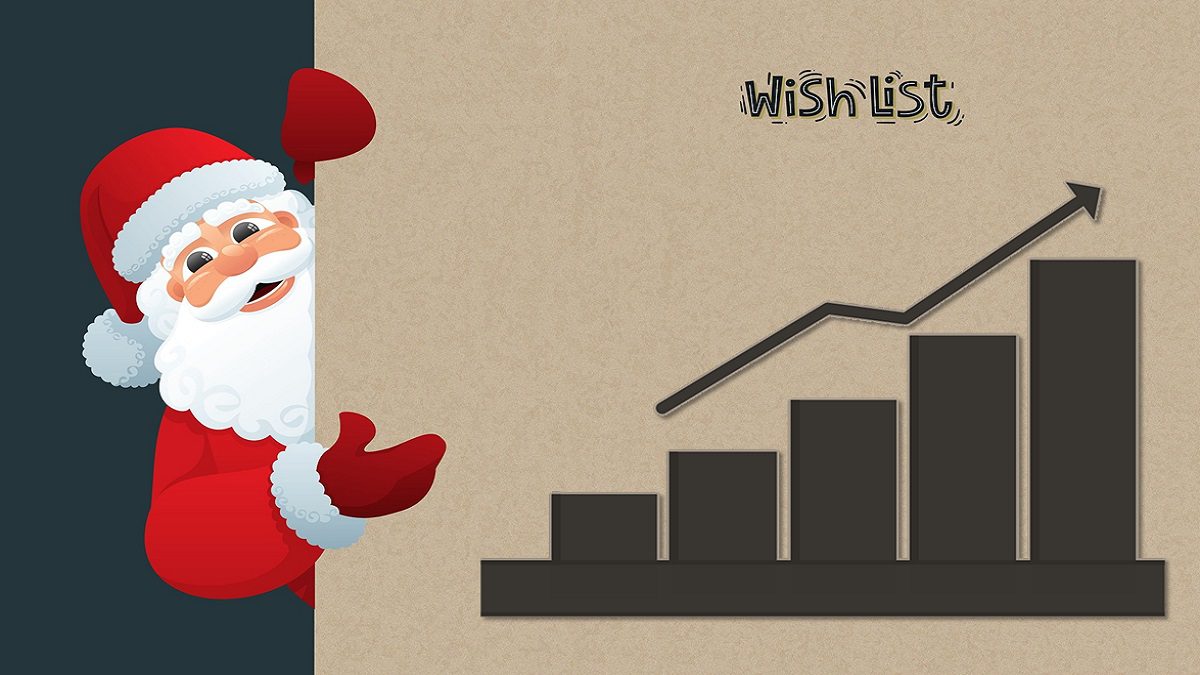The stock market is unpredictable, sometimes referred to as a “Random Walk” by economist and writer Burton Malkiel, but the Santa Claus Rally is one seasonal trend that has always interested investors.
This is the phenomenon where stock prices increase in the last 5 trading days of December and the first 2 trading days of January. Since 1950, the S&P 500 increased 1.3% on average during this period, and almost 80% of the time it’s been higher.
What Causes the Rally
The Santa Claus Rally has a long history with Yale Hirsch being credited with coining the term in 1972. Historical data shows the S&P 500 has averaged 1.3% since 1950. Going back to 1928 the average gain is even higher at 1.6%. So many investors view the Santa Claus Rally as a good indicator of year-end market optimism.
There are several theories as to why the Santa Claus Rally occurs:
- One is the holiday shopping season which boosts consumer spending and thus corporate profits.
- Another is seasonal optimism as investors and traders return from their holidays feeling positive about the new year.
- And finally, end of year tax considerations and reduced institutional trading during the holidays also could contribute to the rally.
Lack of a Santa Claus Rally, a Harbinger of Bad Things
While the Santa Claus Rally is generally positive, there have been a few notable instances where the absence of a Santa Claus rally was followed by significant market downturns,
In 1999 the S&P 500 fell 4.0% during the rally and then 37.8% over the next 33 months. In 2007, the S&P 500 fell during the Santa Claus Rally period and the market was devastated by the 2008 financial crisis. These exceptions show that while the rally is a common pattern it’s not a guarantee of what’s to come.
Investor Strategies
Given the Santa Claus Rally has a history of performance, many investors have specific strategies to play it. Some buy more stock in late December, others use the rally to rebalance their portfolios and take profits.
Santa Claus favors both small and large caps, for different reasons. Small caps see buying as investors prep for the January Effect, where stocks rise in January due to year-end tax considerations and new money coming in. Large caps benefit from the general optimism and low trading volume of the holiday season.
But remember, while the Santa Claus Rally has a good track record, it’s not a market law and has risks.
Final Thoughts
The Santa Claus Rally is a window into the seasonality that affects investor behavior. Historical data shows a positive trend, but investors should be cautious and consider the bigger picture. By understanding the Santa Claus Rally and using the right strategies, investors can play this seasonality and could benefit from it.

 munKNEE.com Your Key to Making Money
munKNEE.com Your Key to Making Money